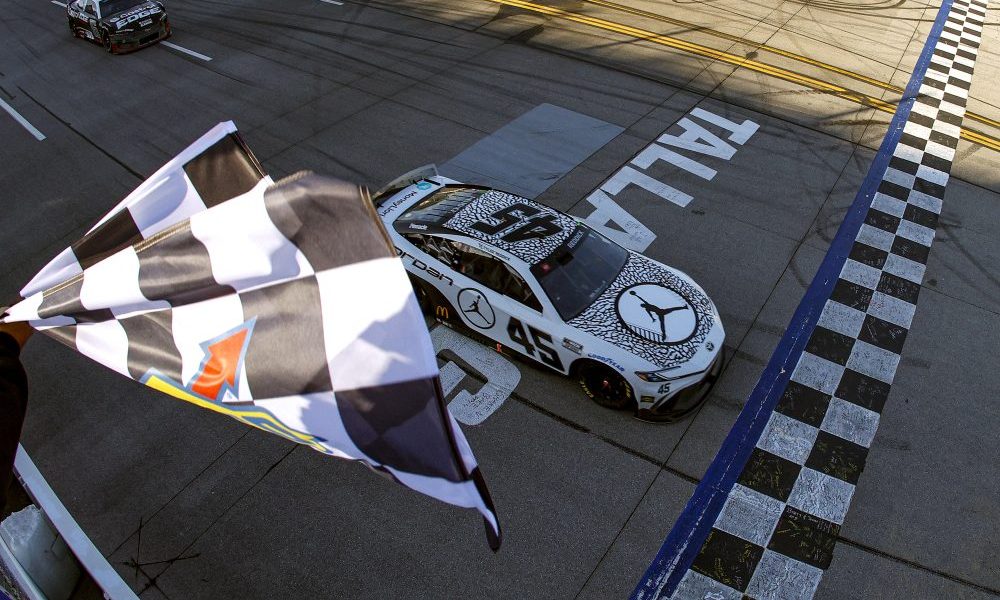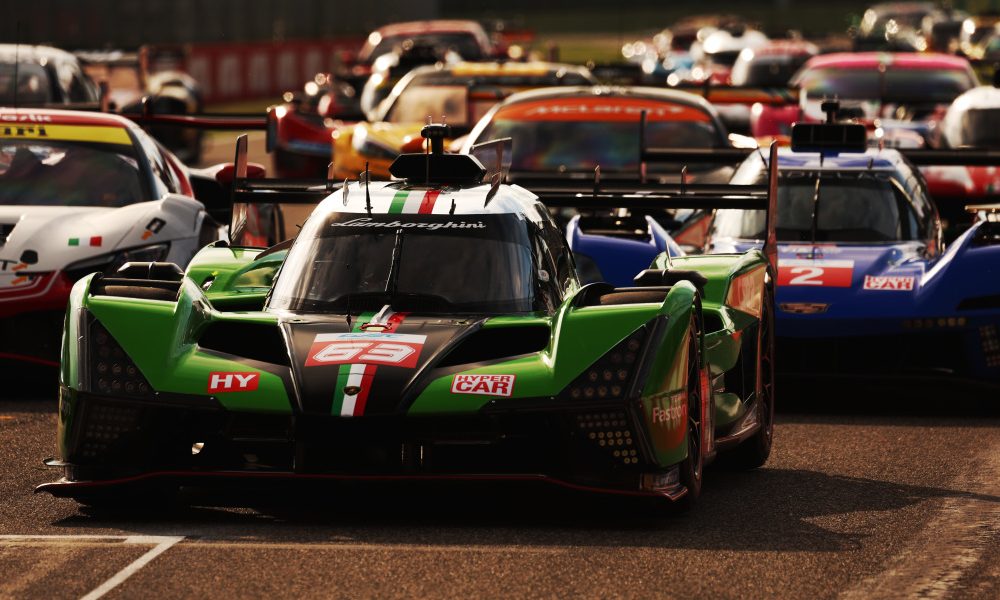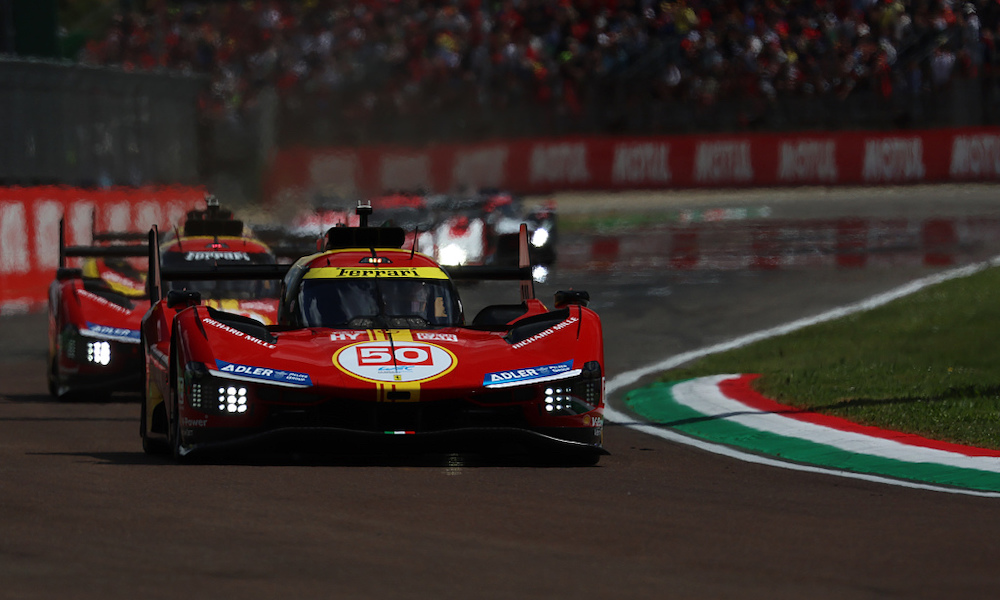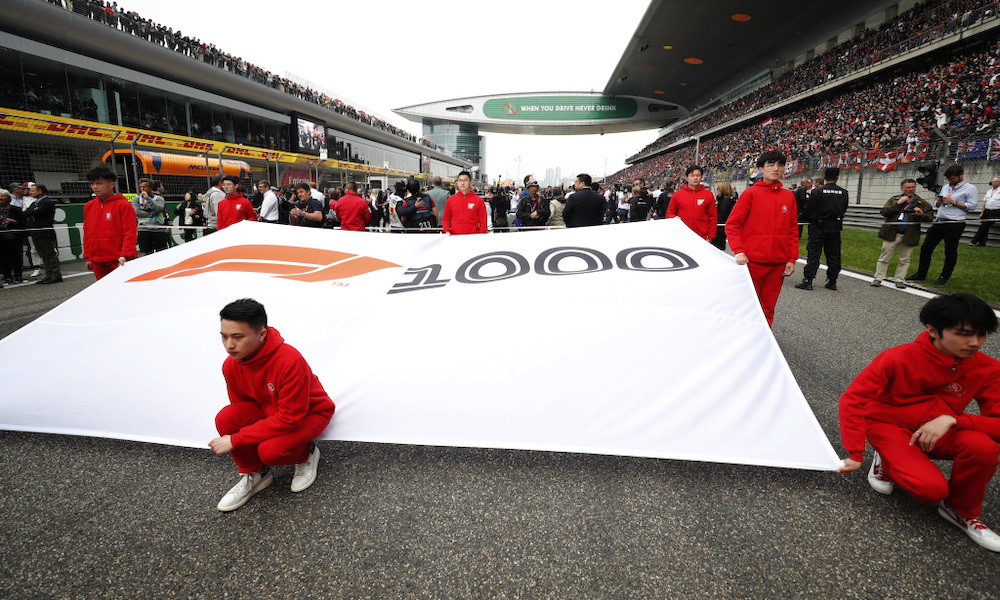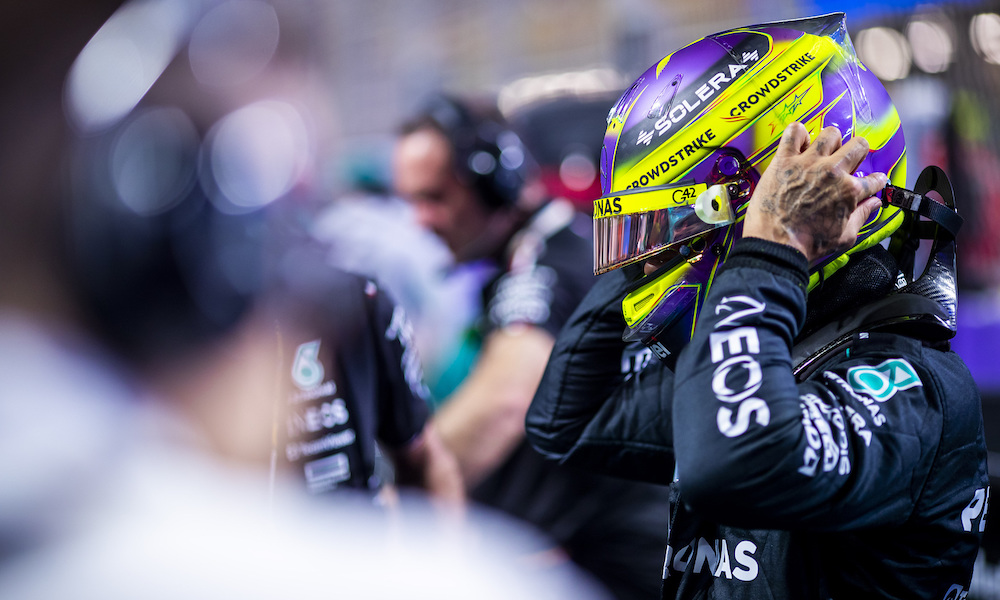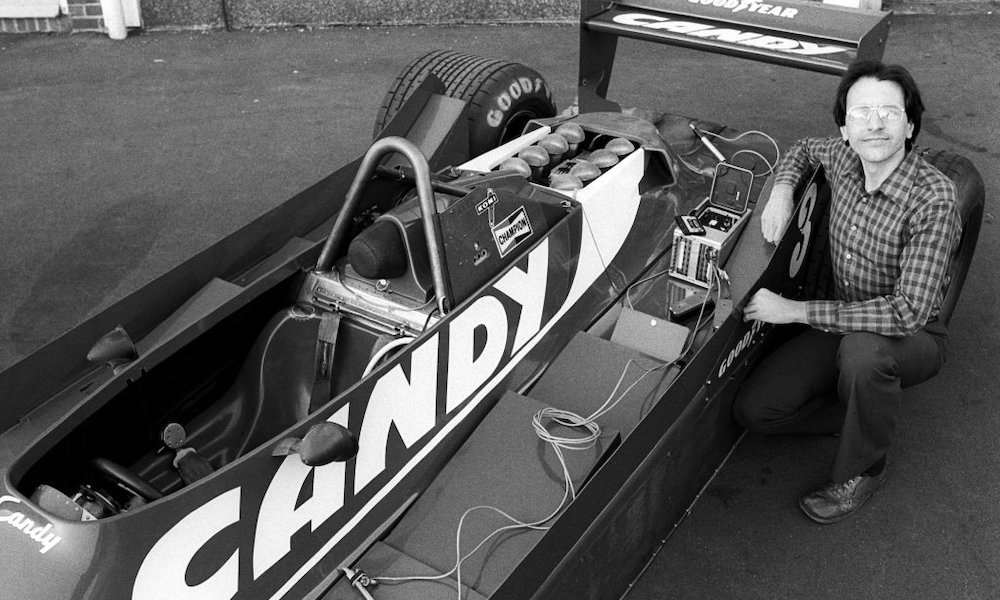Long Beach is always an event that runs on the rev limiter from beginning to end, and I swear its 49th annual gathering was the busiest I can recall since my first visit as a Formula Atlantic mechanic in 1991. And with the quick turnaround between Long Beach and Barber this weekend, we need to take an expedited look through some of the items that stood out from the event before moving into the next.
UNDEFEATED
I’ve lost track of how many races where I’ve seen Scott Dixon beat everyone– and handily — through saving fuel while lapping at race-winning speed. Of all the thoughts that ran through my head as Dixie sealed his latest I-can-make-miracles-happen win, the main one was an appreciation for how, after nearly 20 years of performing fuel-related miracles, he’s still the only one in IndyCar who can do this.
At a time where everybody seemingly knows everything about each other’s abilities, and with a few decades of Dixie’s onboard videos to watch and listen and learn from after these fuel-conservation masterpieces, nobody has been able to match him. In an era of spec cars and infinitesimal differences from entry to entry, it’s wild to think that one driver in one team can repeatedly achieve success with a skill that apparently cannot be copied.
GRUMPY JO
Josef Newgarden was rather grumpy after the race, and deservedly so. After losing out on a podium and a chance to continue challenging Dixon for the win after he was hit from behind by Colton Herta in the closing minutes of the 85-lap contest, Newgarden wasn’t pleased with IndyCar’s decision to swallow the whistle and rule the hit from Herta was not worthy of a penalty.
His frustration — and that of Penske president Tim Cindric — was certainly valid; IndyCar penalized Pato O’Ward for hitting his teammate Alexander Rossi early in the race, and the damage from that impact, which was of the same nose-to-tail variety between Herta and Newgarden, affected Rossi’s day in a negative way. If the whistle was used the first time, it should have been used a second.

SO WHAT HAPPENED WITH THE CAR?
In lifting the back of the No. 2 Team Penske Chevy off the ground with the nose of Herta’s No. 26 Andretti Global Honda, the electronics that manage Newgarden’s gearbox saw no reporting of speed from the rear wheels for the brief moment the car was off the ground. Thinking the zero-miles-per-hour signal meant he was about to stall, the system instructed the hydraulic clutch to disengage the transmission from the engine in order to prevent the motor from stalling.
That left Newgarden sitting idle for a brief moment that allowed Herta and Alex Palou to rocket by while he re-engaged the transmission to connect with the engine and start accelerating down Shoreline Drive.
The anti-stall system worked to perfection. It just didn’t have an actual stall it needed to prevent.
DISPIRITING DAY FOR FRO
Polesitter Felix Rosenqvist sank like a rock in the opening stage of the race. Did his Meyer Shank Racing team miss the setup? Nope, try stopping issues.
“After leading one lap, Rosenqvist dropped off the lead, but stayed in the top five through the first half of the race as he managed an issue with his brakes,” the team wrote. “He stayed out with the lead group when a lap 17 caution split the field in half from a fuel strategy standpoint, but ran with the leaders through the 85 trips around the 1.968-mile Long Beach street course.
“The Swedish-born driver started the day’s final stint from 12th place, rejoining the fray after a stop on lap 60. He fought his way towards the top five over the last 25 laps of the day before settling for a hard-fought ninth-place result.”
TEDDY BEAR
Everybody loves a teddy bear, and that also applies to Arrow McLaren’s new driver Theo Pourchaire, nicknamed “Teddy” by the team’s sporting director Tony Kanaan.
Separate from all the 20-year-old Frenchman did on the racetrack while firing the No. 6 Chevy from 22nd to 11th on Sunday, Pourchaire infused the team with new levels of positivity and joy. From the top to the bottom, folks at Arrow McLaren loved everything about him.
He also produced the best finish for the No. 6 Chevy so far this year, and as a result of placing 11th in his first race, Pourchaire sits 22nd in the drivers’ championship, one spot ahead of RLL’s Christian Lundgaard, which is a shocker, and ahead of four other drivers who’ve competed in both points-paying races in 2024.
With a solid run on Sunday, Pourchaire could easily find himself inside the top 20, all while lacking points from St. Petersburg.

BLAME CANADA
Heard from a few friends in Canada who were not pleased to learn their network and cable options for Long Beach were null and void. Here’s what one sent through: “Can’t watch IndyCar on cable TV in Canada, even though we pay stupid amount of money to TSN for their five channels. They put it on TSN+ which is an extra streaming subscription and that’s broken for most and we can’t watch from there either, as app is broken and when it does work, it’s for a minute or two, regardless of device. Not just me, either. IndyCar makes it so hard to stay an IndyCar fan. Brutal.”
WOOOOOOOOOOOOO
In more Josef Newgarden news, he and the No. 2 Team Penske Chevy crew accepted an amazing invitation from the Tennessean’s biggest fan, Greg Dixon, and Greg’s mom Shirley, who lives in Long Beach and hosted the reigning Indy 500 winner and his squad for a pre-race backyard barbeque.
It’s hard to imagine a Max Verstappen or Chase Elliott saying yes to such a fan invite, but Newgarden and the No. 2 crew jumped right in and ate and drank with the Dixons. If you’ve been to an IndyCar race and nearly shat yourself when Greg fires off one of his explosive “WOOOOOOOOOs” behind Newgarden’s pit stall, you know he’s as passionate a fan as you’ll find anywhere in the sport.
It was great for everyone to join Greg and Shirley — she proudly sports a Scott Dixon jersey at the races — after they went through a really hard time right after last year’s Long Beach race when her husband — Greg’s dad — Larry died. It took a while, but she eventually returned to IndyCar events with Greg, and they’ll make it out to Indy for their first visit to IMS in May. The spirit of Larry — “Ole Sarge” — was with them in the backyard, and according to Newgarden, the BBQ with the Dixons will become an annual event in Long Beach.
Shared by my friend Greg Dixon (@Wooo2Crew) who serves as the world’s biggest Newgarden fan who—along with his mom Shirley—invited the entire No. 2 @Team_Penske IndyCar crew over for a backyard BBQ in Long Beach before the race. Every driver should be this fortunate. pic.twitter.com/URnFKu8YSy
— Marshall Pruett (@marshallpruett) April 22, 2024
BRAVO HMSA
The good people at the Grand Prix at Long Beach Association who run the event, and their longstanding partners at HMSA, the Historic Motor Sports Association which has but on numerous historic races at the track, hit a home run with the retro IndyCar field that ran from Friday through Sunday.
Fans loved seeing Indy cars from 1966-2007, and the HMSA paddock inside the convention center was constantly busy with IndyCar Series team owners, engineers, mechanics, and drivers stopping by to see and appreciate the cars of yesteryear. Led by Cris Vandagriff, the HMSA staff was its usual warm and inviting self, and with the 50th anniversary of Long Beach coming in 2025, look for some important cars from Long Beach’s past to be part of next year’s show.
MISC
- We had one caution for four laps. At Long Beach. That has to be a once-in-a-lifetime thing.
- It’s too early to say what kind of impact the placement of “100 Days To Indy” Season 1 on Netflix will have in spreading awareness of the series like “Drive To Survive” did for Formula 1, but I did get a great note from a fan over the weekend that made me smile. He said his son has never shown an interest in IndyCar, but since they watched 100 Days on Netflix, the lad has been following the series and keeps asking how many days there are until the Indy 500.
- Rookie Kyffin Simpson is 15th in the championship. Said another way, Simpson is ahead of 12 other drivers after completing two steady races. He’s had plenty of spins and trips into runoff areas prior to the races, but when it matters, Simpson’s been solid for someone with so little open-wheel experience. He won’t stay in 15th for long if he keeps finishing in the bottom half of the field, but for those who predicted he’d be out of his league, the kid has defied those expectations and leads all rookies.
- Thursday night’s Road Racing Drivers Club dinner was another unforgettable affair. Sir Jackie Stewart was the guest of honor and the RRDC also inducted by friend and former driver Margie Smith-Haas to the group.



